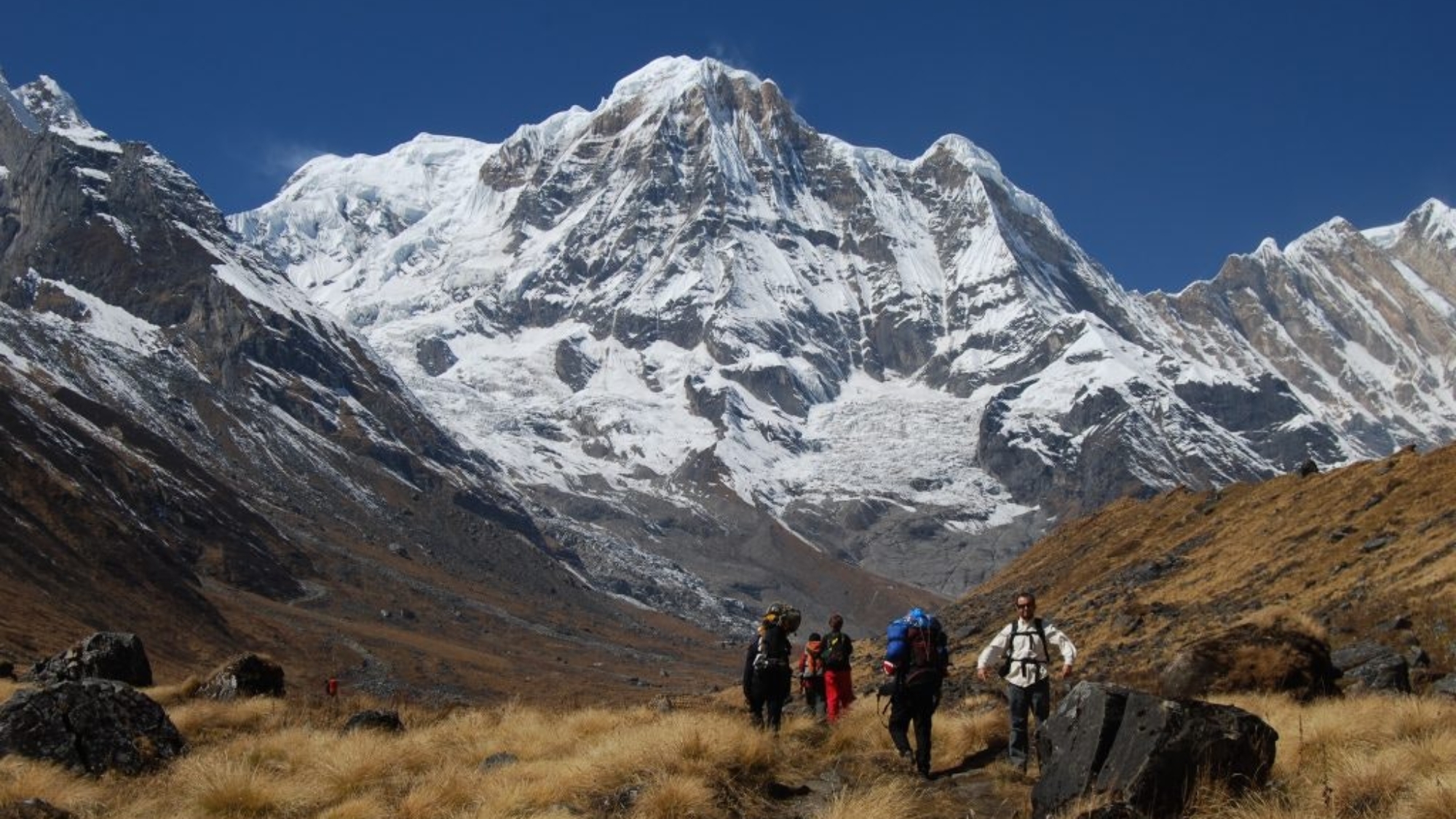While traveling in Nepal, Olivia Lantry was among the students who experienced the unique privilege of exploring parts of the world that remain untouched by many. As part of the Teen Travel Program in Nepal by Experiential Pathways, she embarked on a Himalayan trekking journey that included remote regions, offering breathtaking views of the snow-capped Himalayan mountains, vibrant rhododendron forests, and pristine waterways.
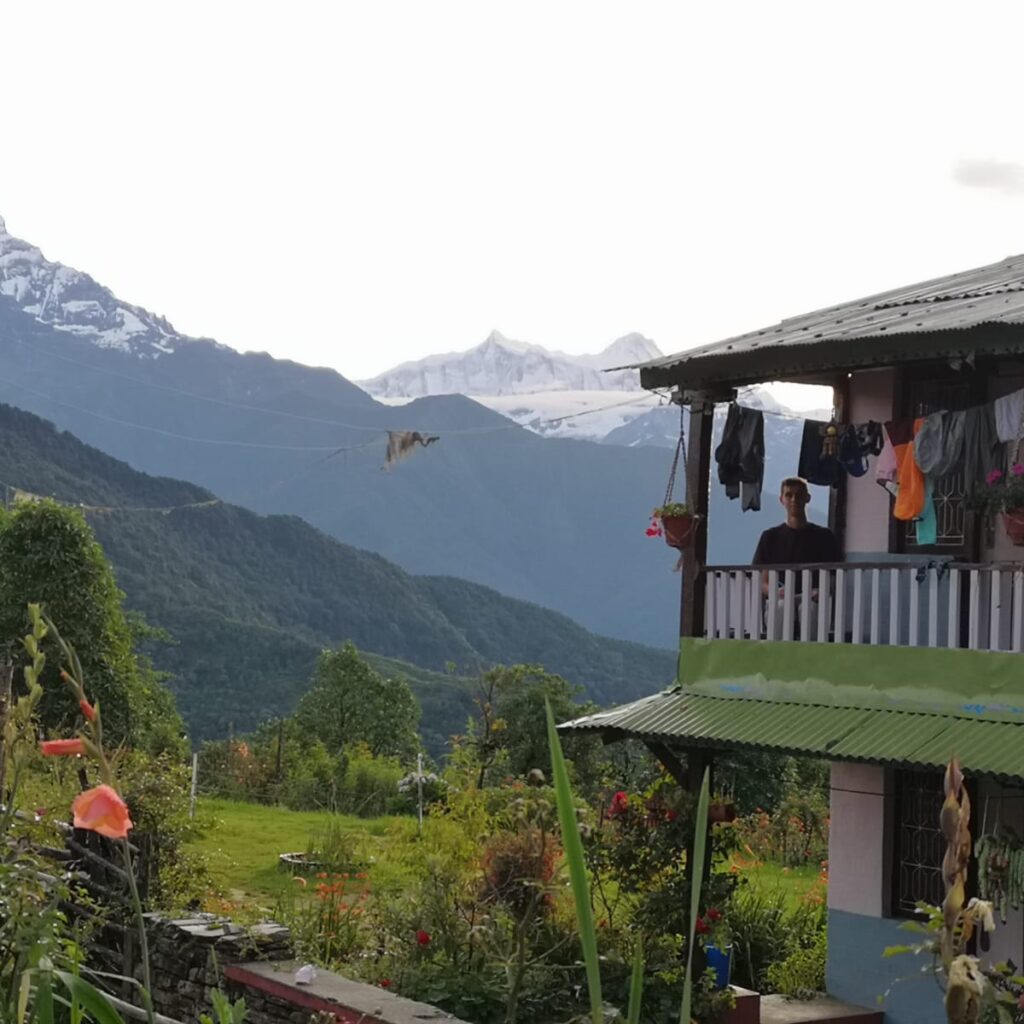
This unforgettable adventure was part of the Cultural Immersion Program in Nepal, designed to blend exploration with meaningful learning.
Out of all my trips, this one stands out as the most impactful and life-changing, Lantry shared. I fell in love with the country, the welcoming people, and the relaxed, adventurous itinerary. The experience was truly unforgettable.
This program continues to provide students with transformative travel experiences in the heart of the Himalayas.
The program offers students a multifaceted journey, challenging them physically, emotionally, and even spiritually. As they explore the rich traditions of Hinduism and Buddhism, students visit iconic destinations like Kathmandu and Pokhara. The experience includes two days of thrilling rafting, four days of scenic hiking, and immersive opportunities to witness and engage with the daily lives of Nepalese communities. This journey combines adventure with meaningful cultural experiences, leaving a lasting impact on every participant.
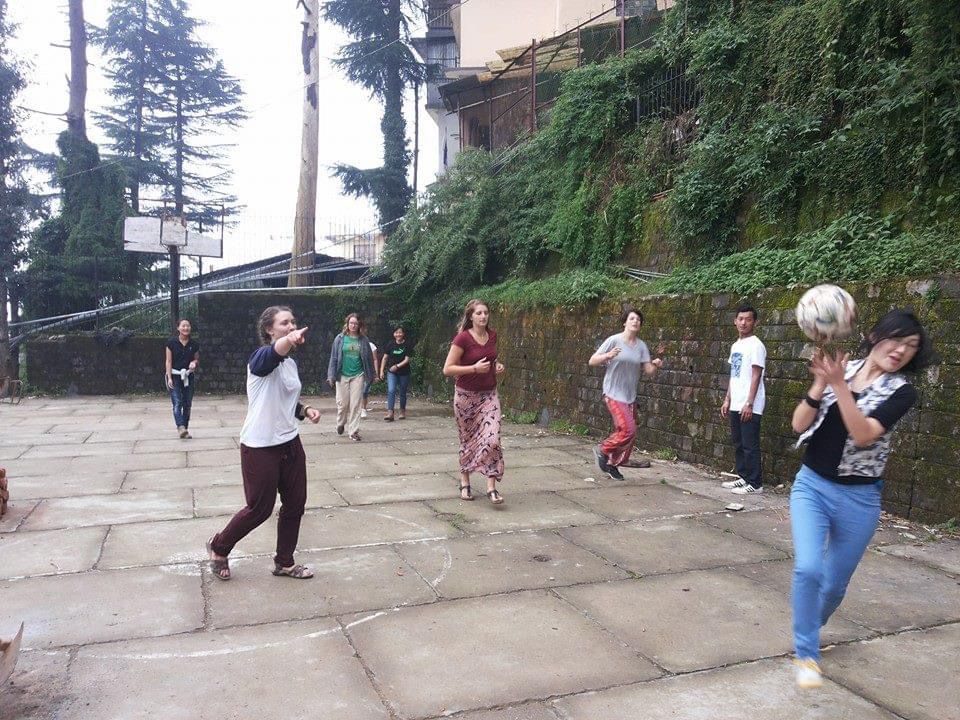
Immersing in Nepal’s Rich Culture and Traditions
The journey begins in Kathmandu, Nepal’s vibrant capital, named after the iconic wooden temple (kath –“wood”; mandir –“temple”). Before exploring the city, participants in the Student Travel Program in Nepal are introduced to essential cultural etiquette. This includes walking on the left, removing shoes before entering homes, avoiding pointing at others, and refraining from touching anyone on the head or shoulders. These insights help students embrace Nepal’s unique customs and traditions, enhancing their immersive experience.
After the orientation, students delve into the heart of Kathmandu by visiting the iconic Syambhu Nath Temple, a UNESCO World Heritage site. This sacred site is known for its unique architecture and cultural significance, blending elements of Buddhist and Hindu traditions. The temple grounds are home to monkeys considered sacred, adding a distinctive charm to the experience.
Country Director Sudarshan Deora highlights the temple’s artistic and spiritual importance, showcasing intricate designs and symbolic structures. One notable feature is the 13-tiered stupa, representing the stages of attaining enlightenment, topped with a cubical tower adorned with Buddha’s eyes gazing in all four directions, symbolizing awareness and wisdom.
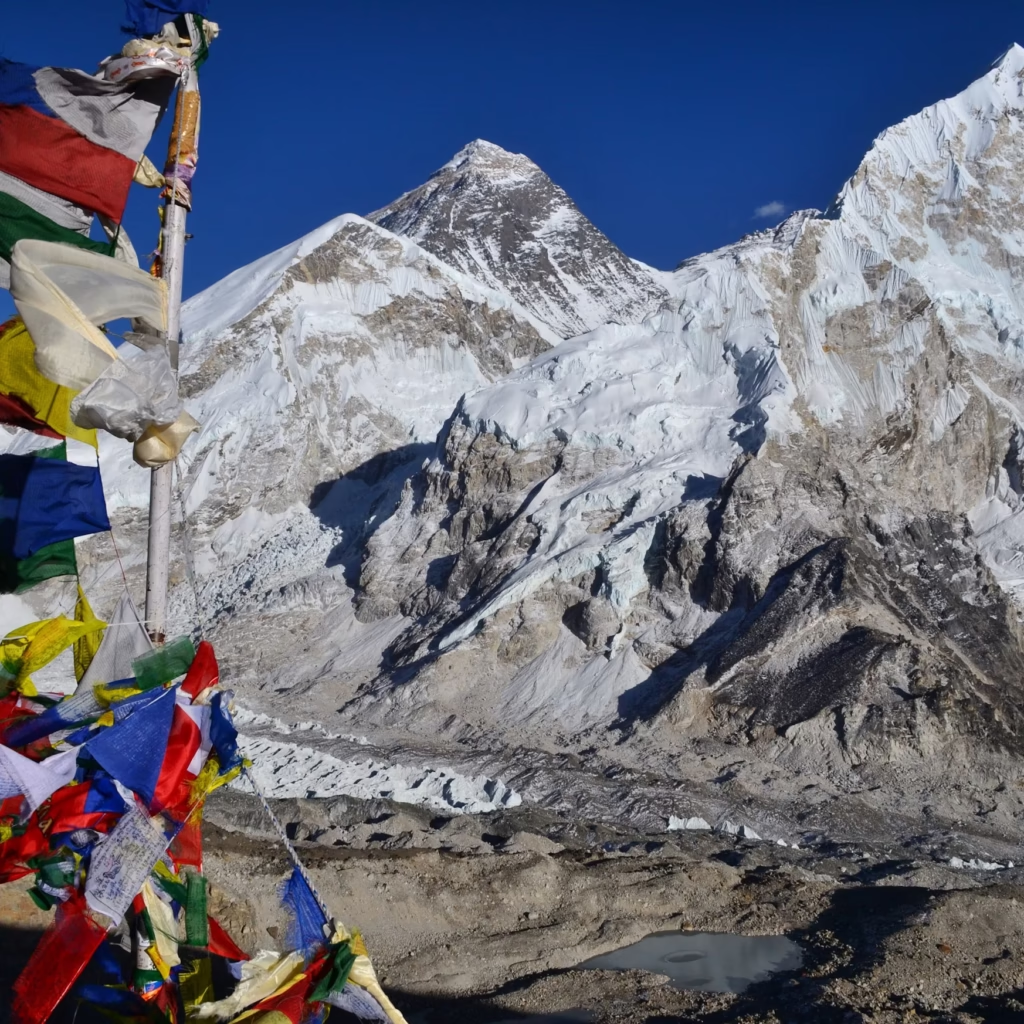
As part of their journey, students visit Kathmandu Durbar Square, a historic site that once housed the palaces of Nepal’s former kings. While exploring this area, they may have the rare opportunity to catch a glimpse of the revered Living Goddess, or Kumari. This young girl, considered the embodiment of the Hindu goddess Durga, undergoes a rigorous selection process to hold this sacred role. A sighting of the Kumari is believed to bring blessings and good fortune.
After immersing in the cultural essence of Kathmandu, students venture out of the city for an exhilarating two-day whitewater rafting adventure on the Trisuli River. Following this, they travel to Pokhara, Nepal’s second-largest city, where they prepare for an unforgettable four-day trekking expedition into the breathtaking Himalayan landscape.

Trekking Through Nepal’s Hidden Villages
For students who enjoy hiking, this segment of the journey is a highlight of the Experiential Learning Program in Nepal. Each day involves three to four hours of trekking through Nepal’s breathtaking landscapes, with the goal of reaching a remote village where they will stay in traditional tea houses, Nepal’s equivalent of guest homes.
Along the way, students gain a deeper understanding of rural life in Nepal. Many are moved by the resilience and dedication of the Nepalese women, who often carry heavy loads of wood or hay over steep hills for several kilometers. “Despite their challenging routines, they express immense gratitude for what they have, ” says Country Director Sudarshan Deora, highlighting the profound lessons students take away from these encounters.
Nestled among river gorges and vibrant rhododendron forests, the villages students visit offer a glimpse into Nepal’s stunning natural beauty. The rhododendron arboreum, Nepal’s national flower, blooms with brilliant red blossoms, creating a picturesque landscape. These orests are also habitats for several endangered species and a variety of medicinal plants, including the East Himalayan Yew, an essential resource used to produce the cancer medication Taxol.

One of the most memorable moments of the trek is the climb to Poon Hill, standing at 3,200 meters. From this vantage point, students are rewarded with panoramic views of some of the world’s tallest mountains. Poon Hill is a celebrated trekking destination, often reached via a three-day hiking route, offering a shorter yet equally rewarding path compared to Nepal’s longer treks.
After this breathtaking stop, students spend their final day trekking downhill to the picturesque village of Ghandruk. Renowned for its charm and stunning vistas, Ghandruk is often regarded as one of Nepal’s most beautiful villages. Country Director Sudarshan Deora describes it as “the most beautiful village in all of Nepal. ” This sentiment is echoed by CNN Travel, which listed Ghandruk among Asia’s most scenic towns, celebrated for its captivating mountain views and traditional architecture. The village serves as a perfect finale to an unforgettable journey through Nepal’s cultural and natural wonders.
Start the Next Adventure
After completing the trekking portion of their journey, students in the Gap Year Program in Nepal return to the vibrant city of Pokhara. Known as Nepal’s tourism hub, Pokhara sits along the serene shores of Phewa Lake and is home to the elite Gurkha soldiers, renowned for their role as UN peacekeepers in global conflict zones.
Students can unwind after their trek with optional massages for a rejuvenating recovery. They’ll also explore the city’s highlights, including climbing the steps to the iconic Buddhist Peace Pagoda, a symbol of harmony and spiritual reflection. Pokhara offers the perfect blend of relaxation and exploration, rounding out an unforgettable adventure.
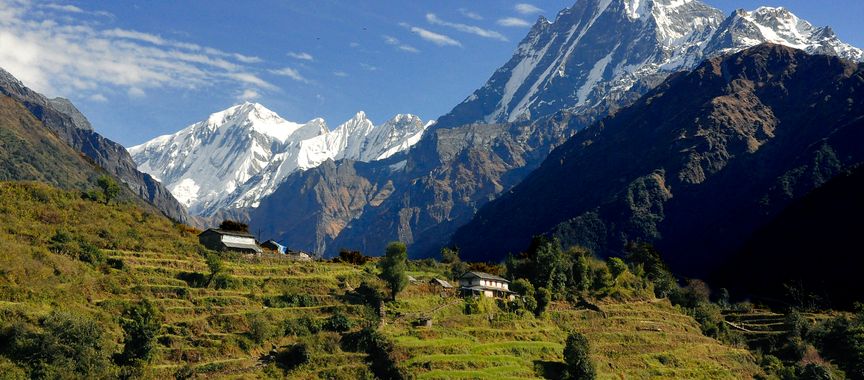
Students will also have the chance to visit a stunning waterfall and the Madhav Cave, famous for its large bat population, which holds significant cultural importance in Hinduism. However, there’s no need for concern, as the students will explore the fascinating Hindu displays outside the cave rather than entering it.
While exploring these areas, students face an exciting choice: whether to take the plunge during a thrilling bungee jumping experience or try the adrenaline rush of ziplining the following day. They’ll need to decide before arriving at the activity venue. A short video and photo highlight the excitement that awaits them if they choose to participate.
Exploring Hindu Beliefs on Life and Death
In Kathmandu, students continue their cultural exploration by visiting the historic Bhaktapur Durbar Square and the revered Pashupatinath Temple. At this sacred site, they delve into Hindu beliefs surrounding death and cremation.
Outside the temple, bodies are cremated on platforms above the river, a practice believed to ensure the individual’s rebirth as a human in the next life. The ceremony, often accompanied by the burning of possessions, is deeply emotional for many students. “Cremation in Hindu culture is unlike anything I’d experienced – so sacred and serene in a way I can never fully explain, ” said alumna Socia Morrish. “The ambiance was silent and eerily peaceful… the hope for nirvana carried through the sorrow.”
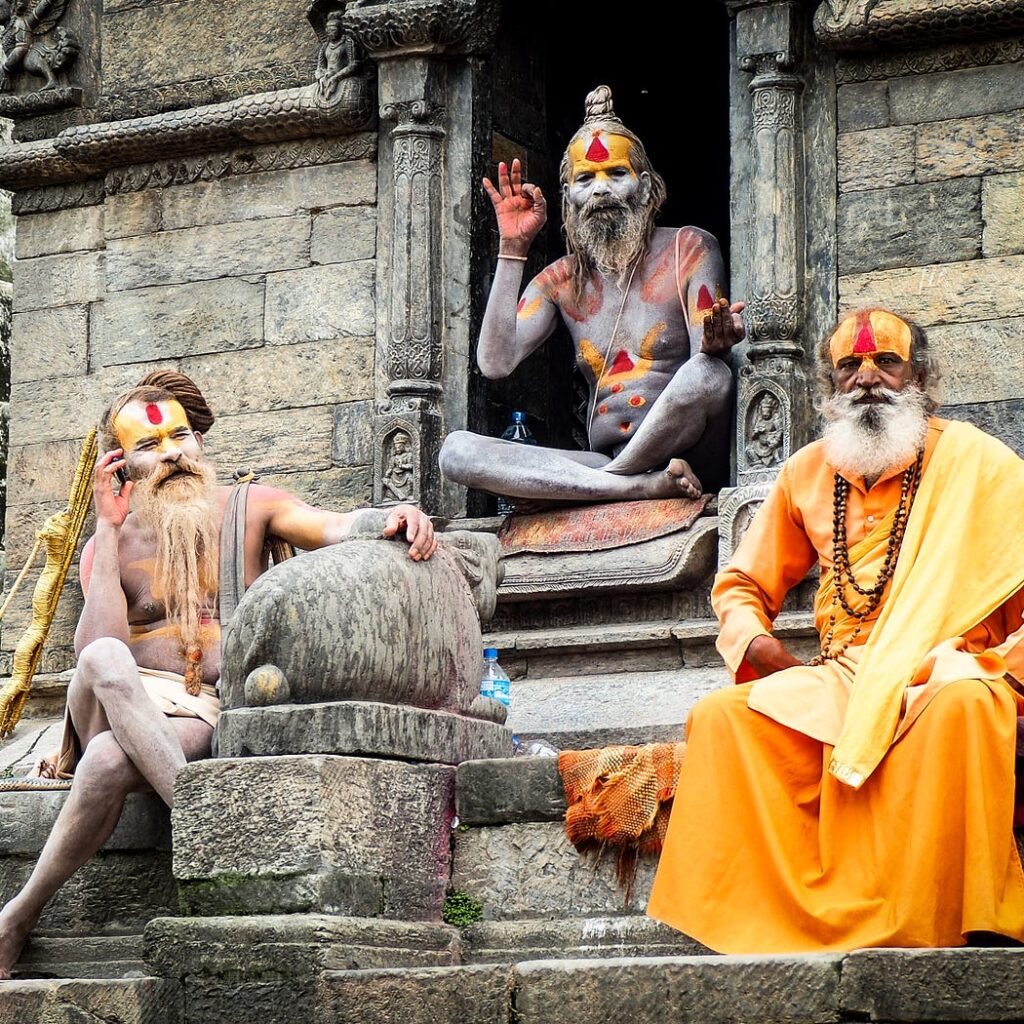
For students in the Gap Year Program in Nepal and those participating in the Experiential Learning Program, these poignant moments lead to introspection and reflection during the closing Ties discussion. It’s during this time that students realize the profound impact the journey has had on them.
As alumni like Olivia Lantry and Victoria Curtin attest, this program offers a transformative experience that goes far beyond a typical adventure. By the end of the trip, students grasp the deeper meaning behind the greeting “Namaste, ” a lesson they’ll carry with them forever.

